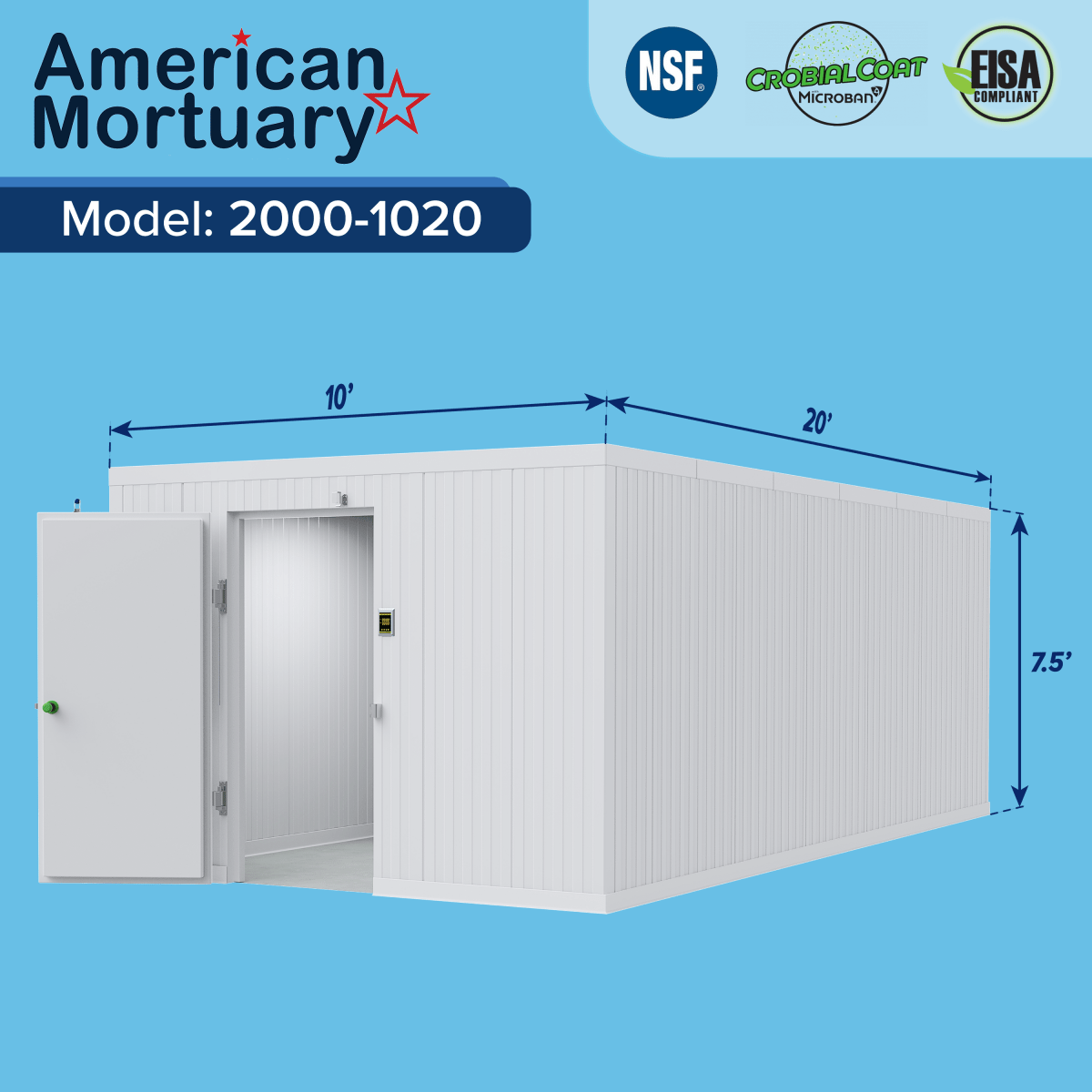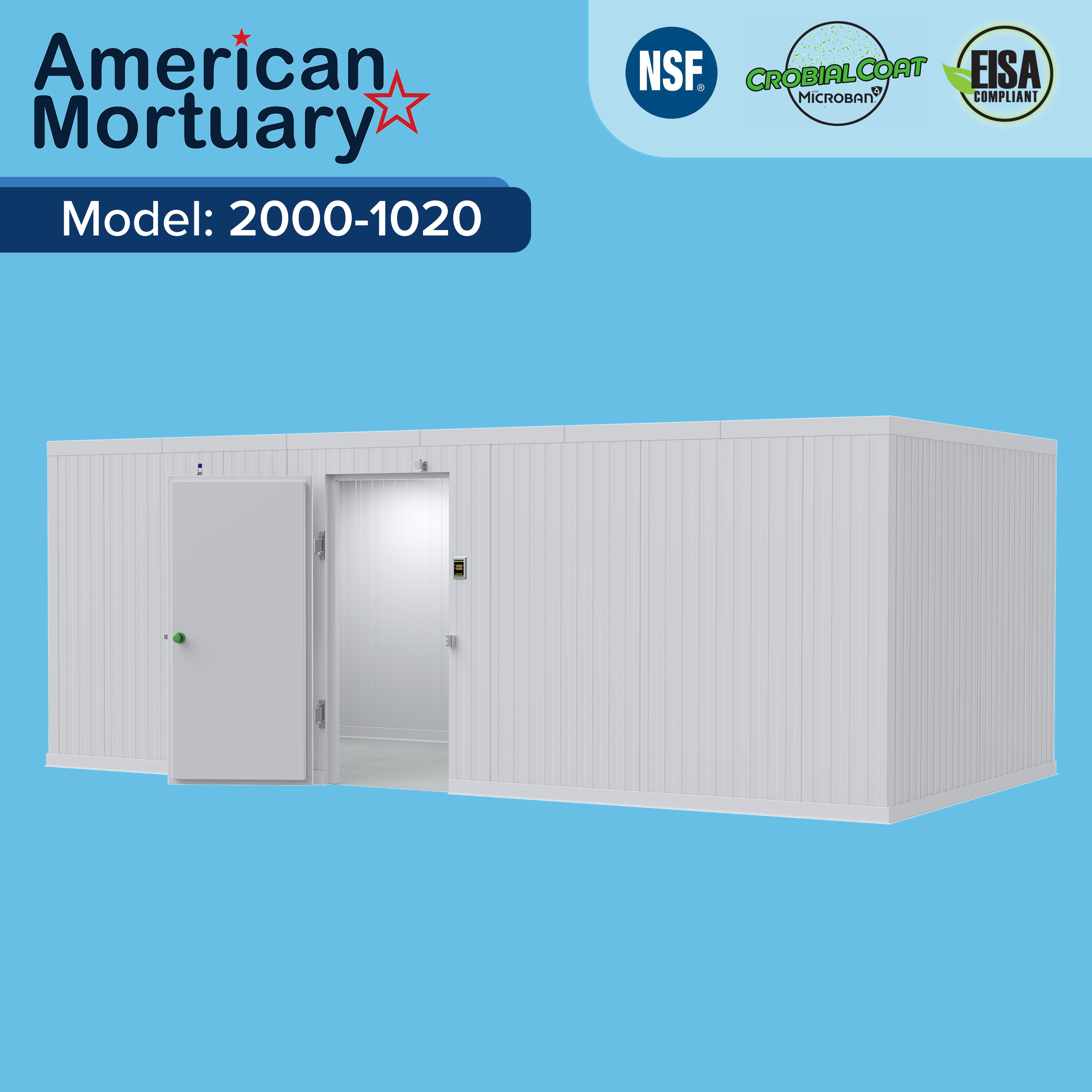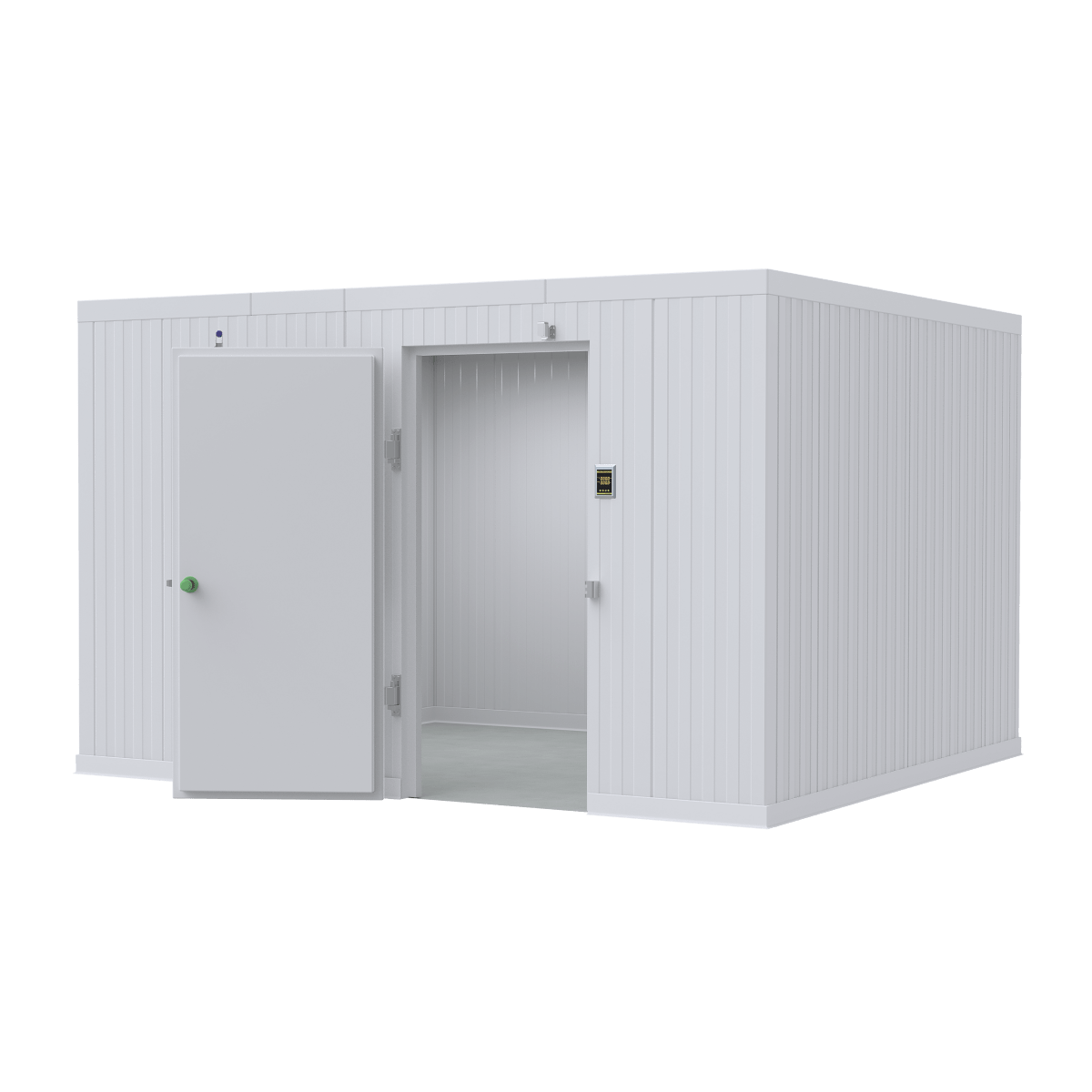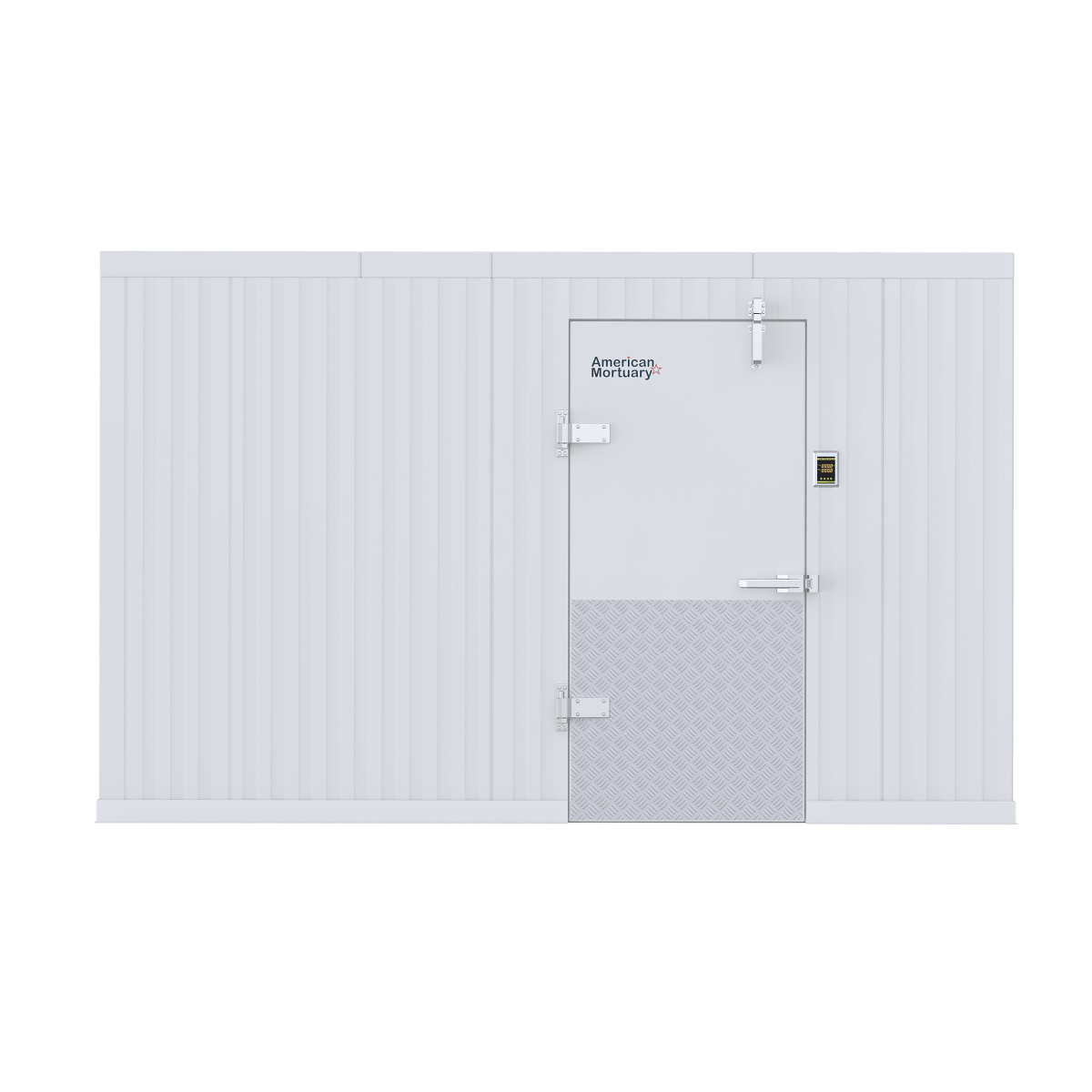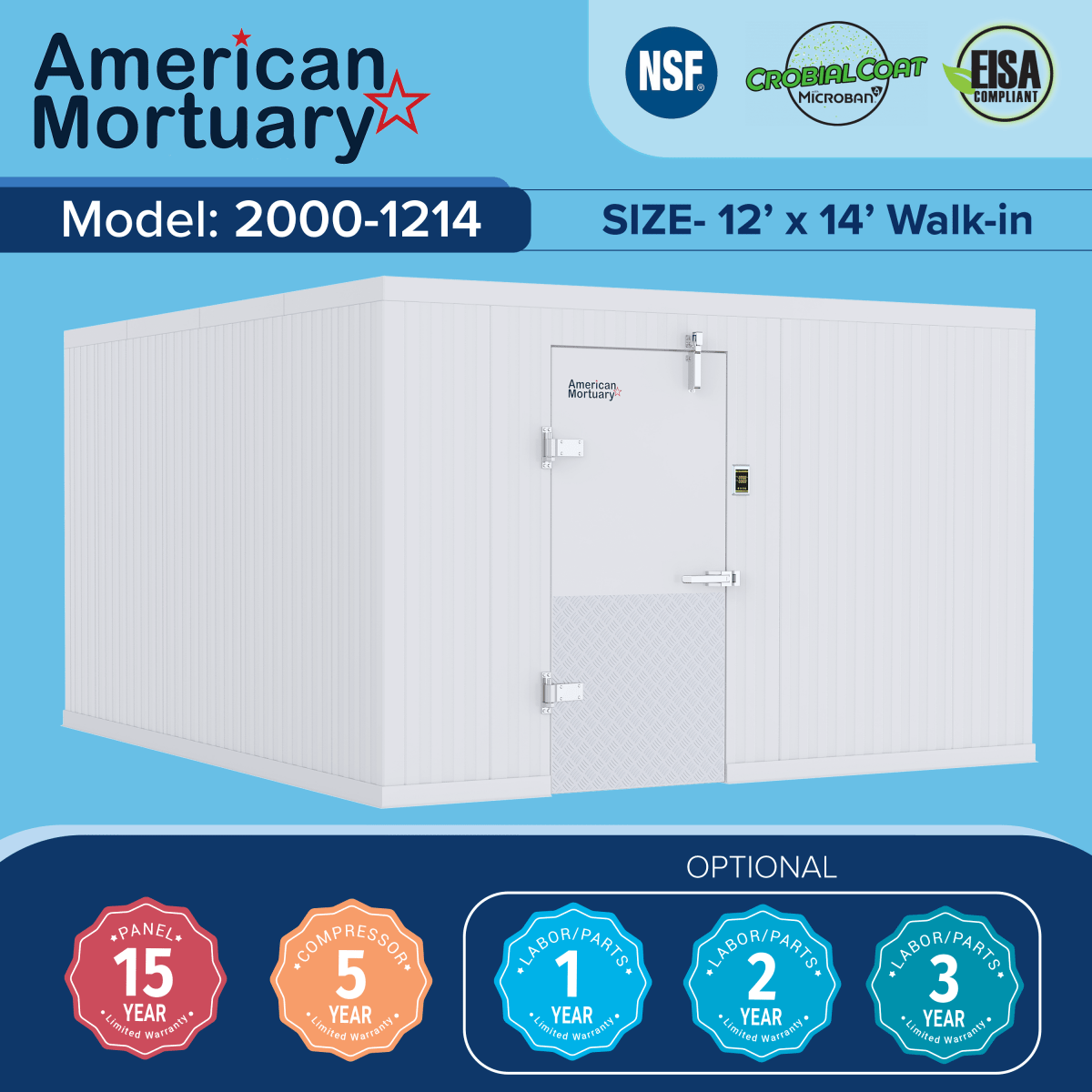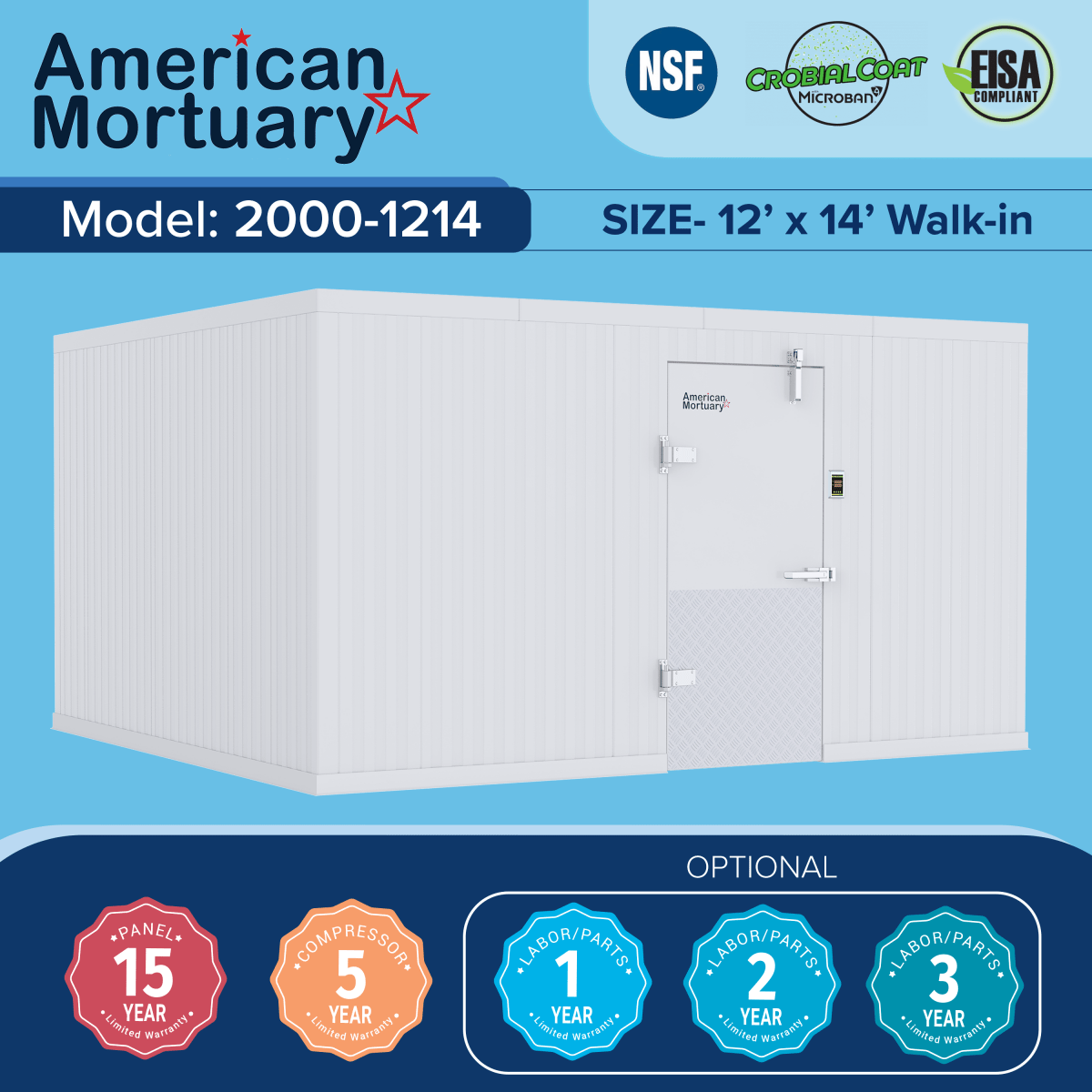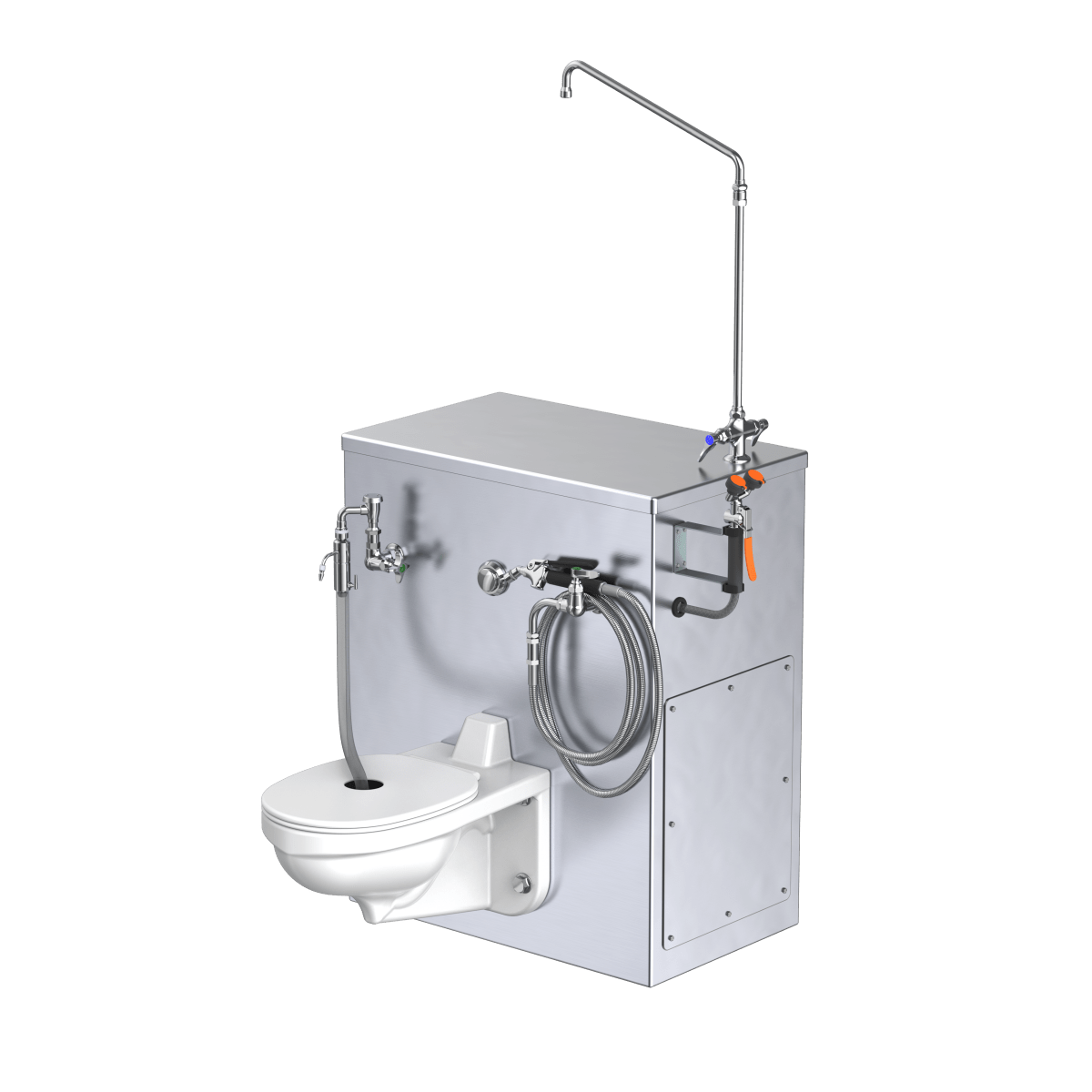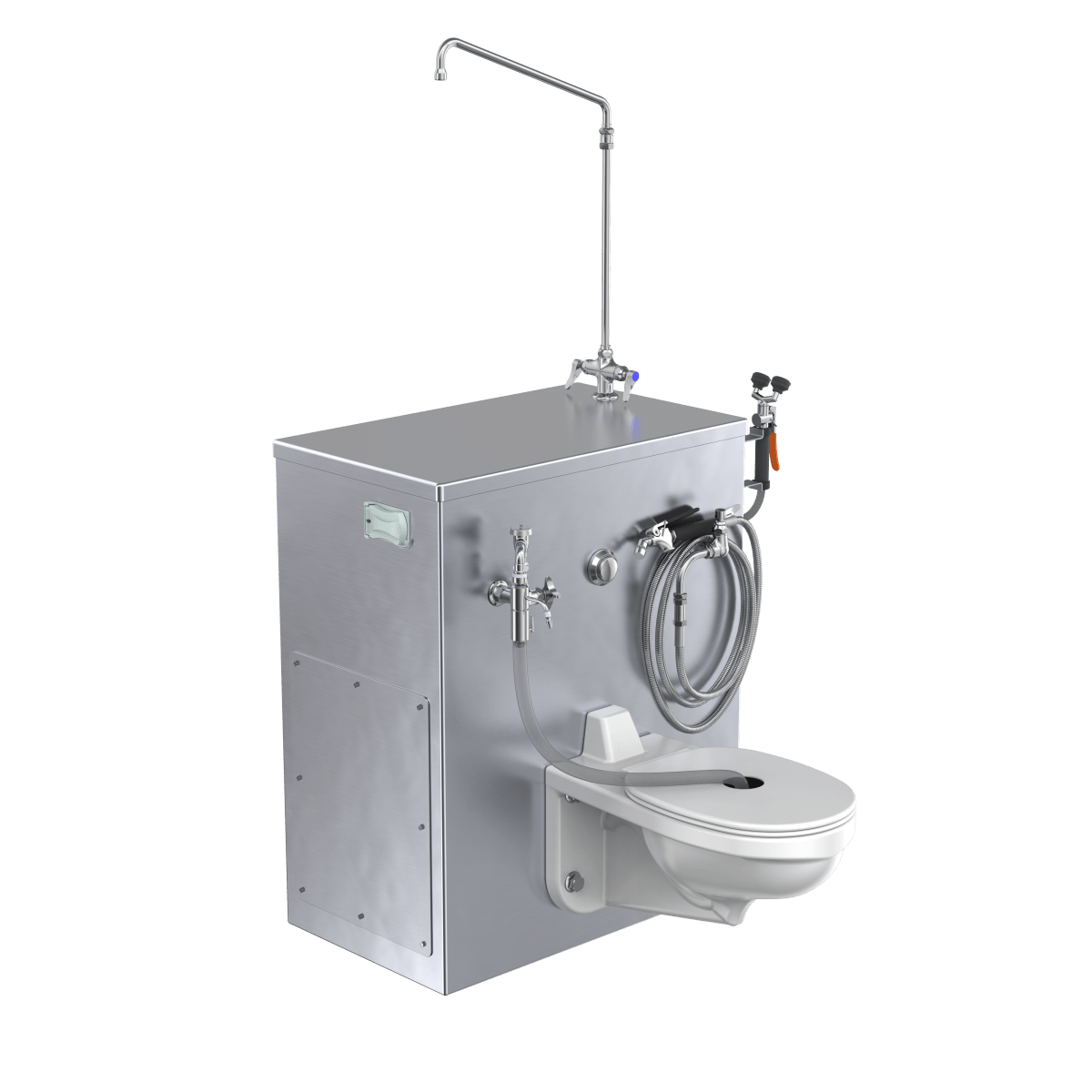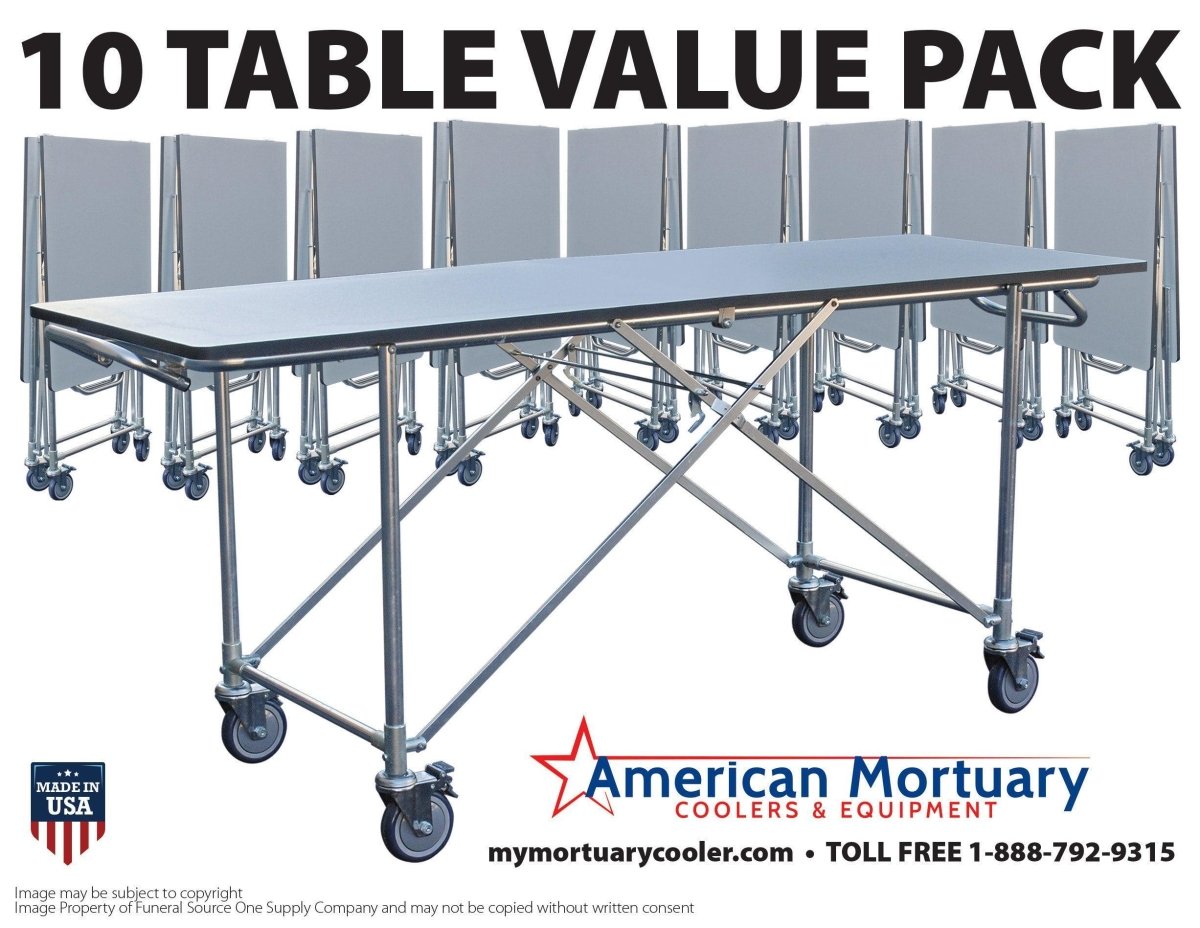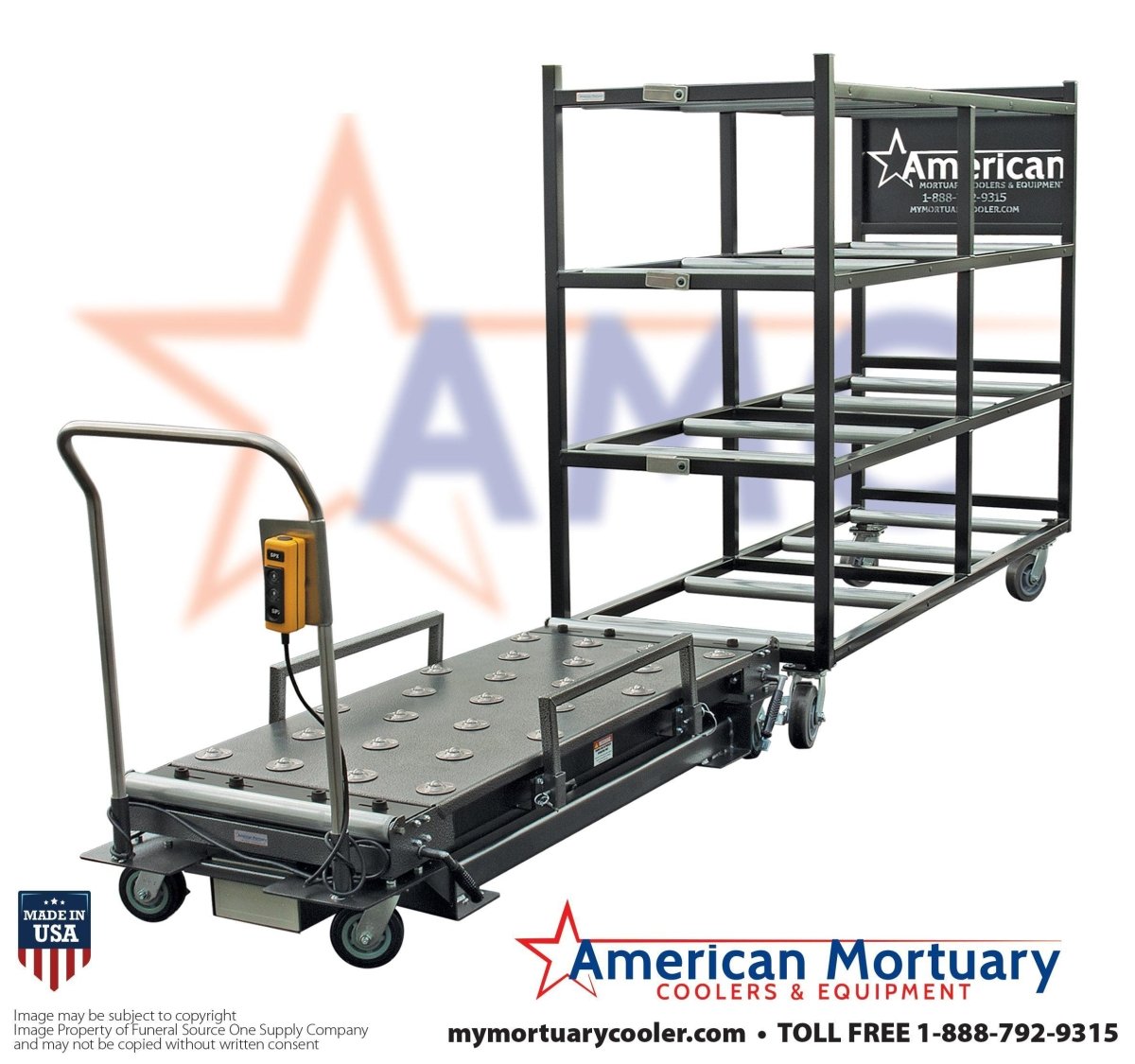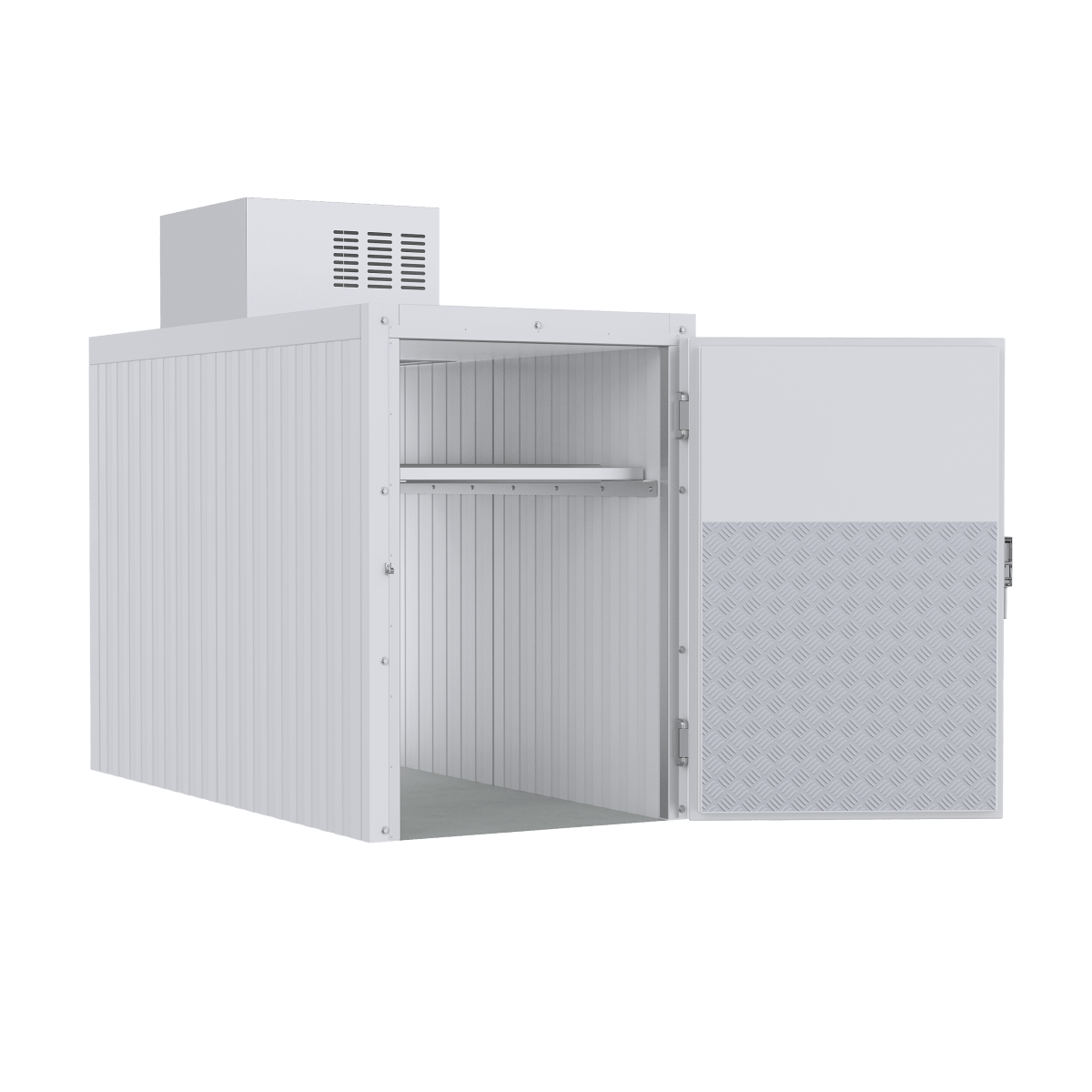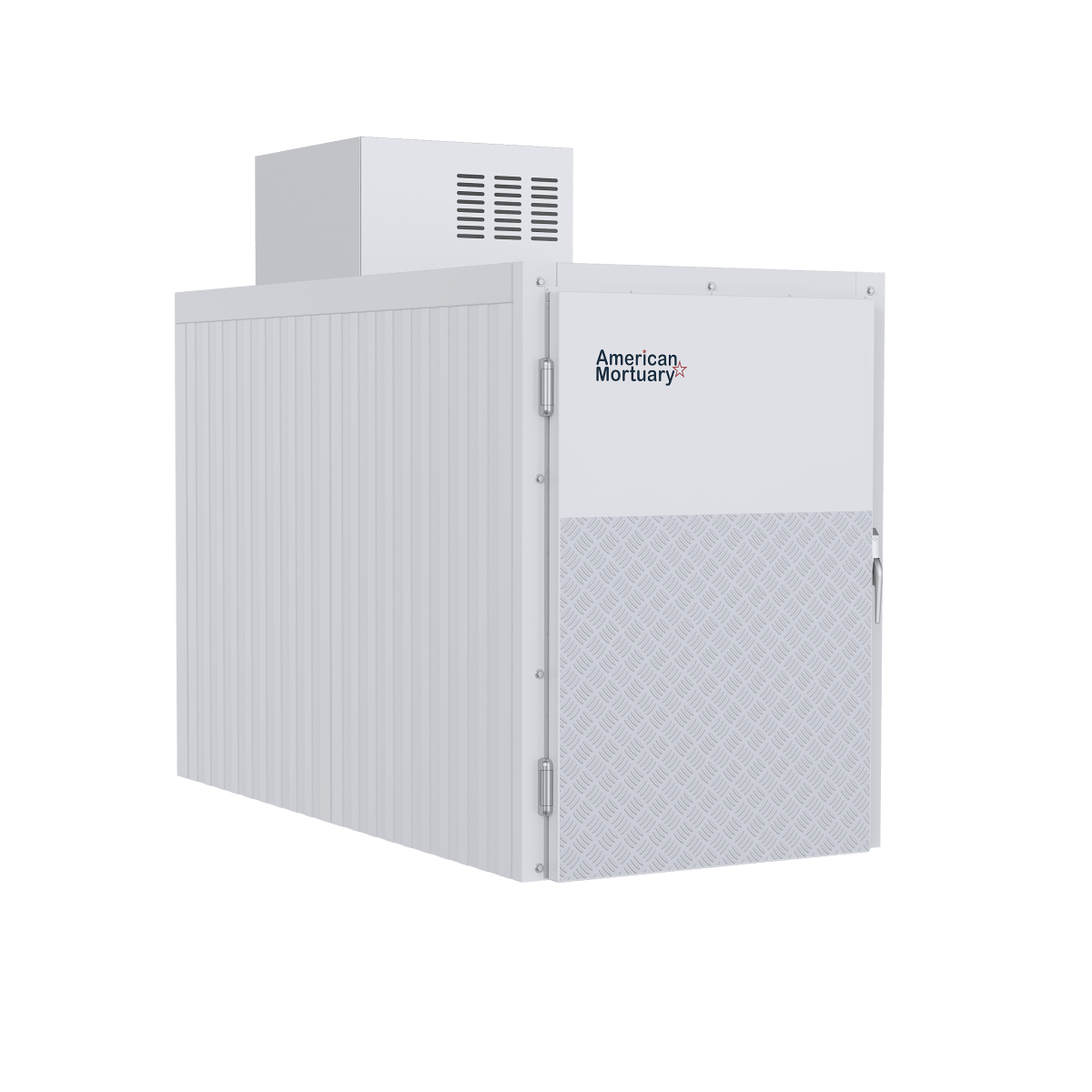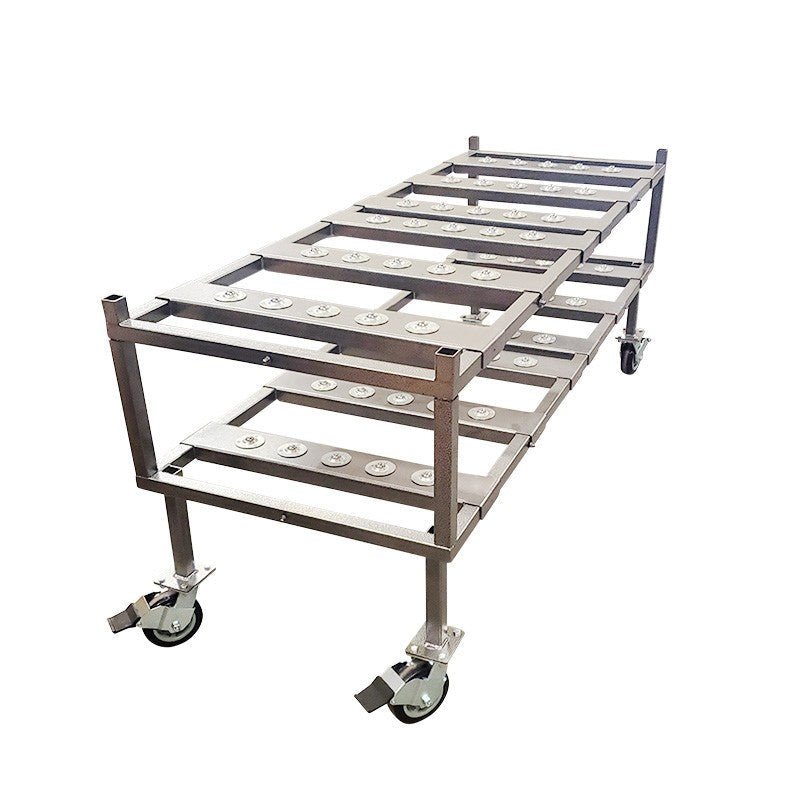Why Composting a Body is Revolutionizing End-of-Life Care
Composting a body through natural organic reduction (NOR) transforms human remains into nutrient-rich soil using controlled microbial decomposition. This eco-friendly alternative to burial and cremation takes 8-12 weeks and saves over one metric ton of CO₂ per person.
Quick Overview of Body Composting:
- Process: Body placed in vessel with wood chips, alfalfa, and straw
- Temperature: Maintained at 150°F for minimum 3 days to eliminate pathogens
- Timeline: 5-7 weeks in vessel + 3-5 weeks curing = 8-12 weeks total
- Output: Approximately 1 cubic yard (500-1,000 lbs) of fertile soil
- Cost: $2,500-$7,000 vs $10,000+ for traditional burial
- Legal Status: Currently legal in 7 U.S. states (Washington, Oregon, Colorado, Nevada, Vermont, New York, California by 2027)
Human composting addresses growing environmental concerns about traditional death care. Cremation produces 535 lbs of CO₂ per body, while conventional burial uses toxic embalming chemicals and consumes valuable land. In contrast, composting uses 87% less energy than cremation and returns nutrients to the earth.
The process gained momentum after Washington became the first state to legalize human composting in 2019. Facilities like Recompose in Seattle report that 29% of their clients travel from out-of-state, highlighting demand in areas where it remains illegal.
As Mortuary Cooler, I've spent years helping funeral homes optimize their refrigeration and storage systems, including facilities transitioning to offer composting a body services. My expertise in mortuary equipment helps directors understand the infrastructure needed for this emerging green burial option.
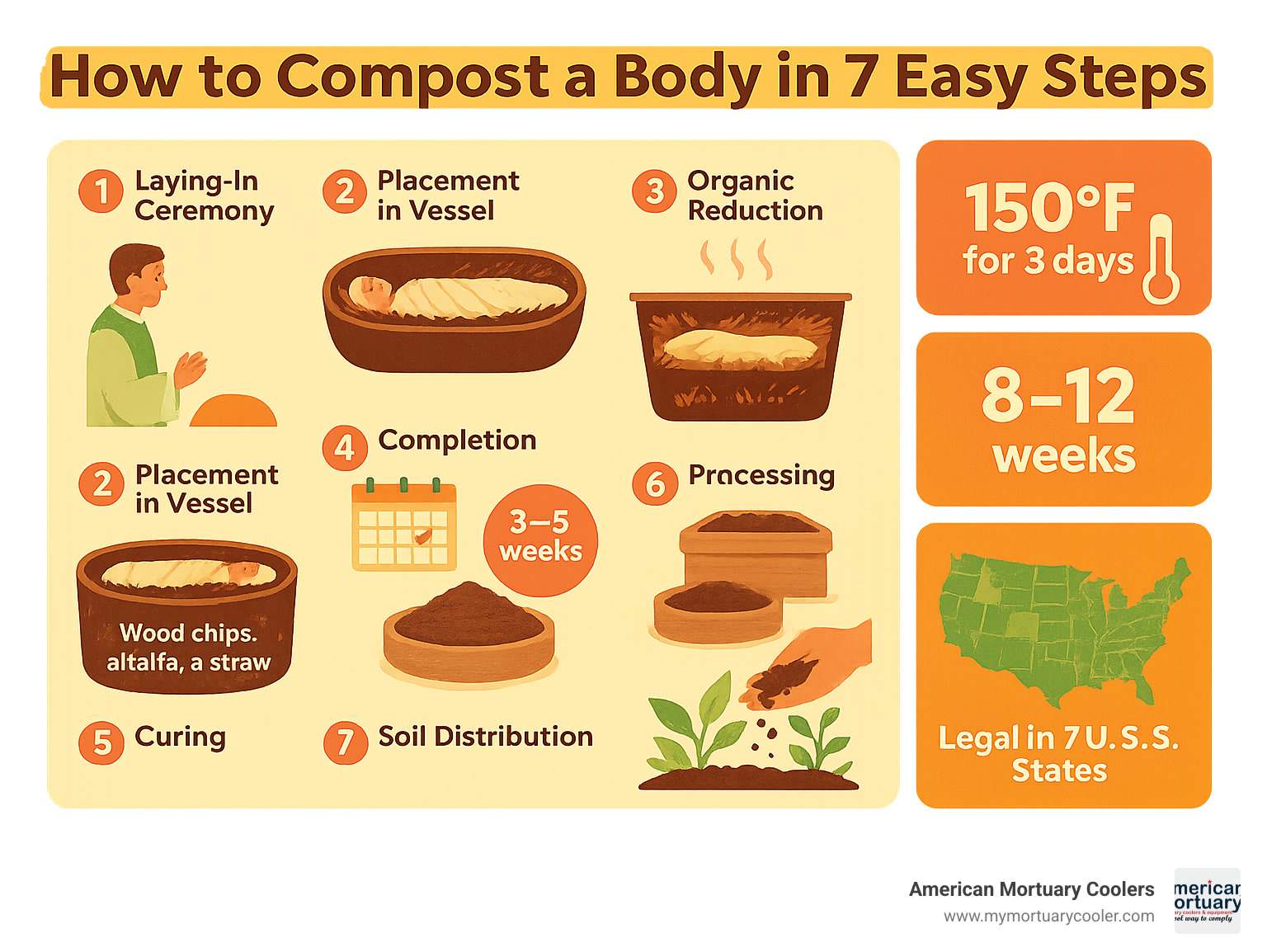
Essential composting a body terms:
Composting a Body: The 7-Step Blueprint
The composting a body process follows nature's own blueprint, but with careful human oversight to ensure safety and dignity. Think of it as recreating what happens on a forest floor, but in a controlled environment that families can trust.
This isn't a quick process – it takes patience and precision. The entire journey spans 8-12 weeks, with each step building on the last. By the end, you'll have about one cubic yard of rich, fertile soil that can nourish new life for generations.
At American Mortuary Coolers, we've helped funeral homes across Tennessee, Atlanta, and Chicago prepare for this growing demand. The infrastructure requirements are unique – you need specialized temperature control, proper ventilation, and storage systems that can handle the extended timeline.
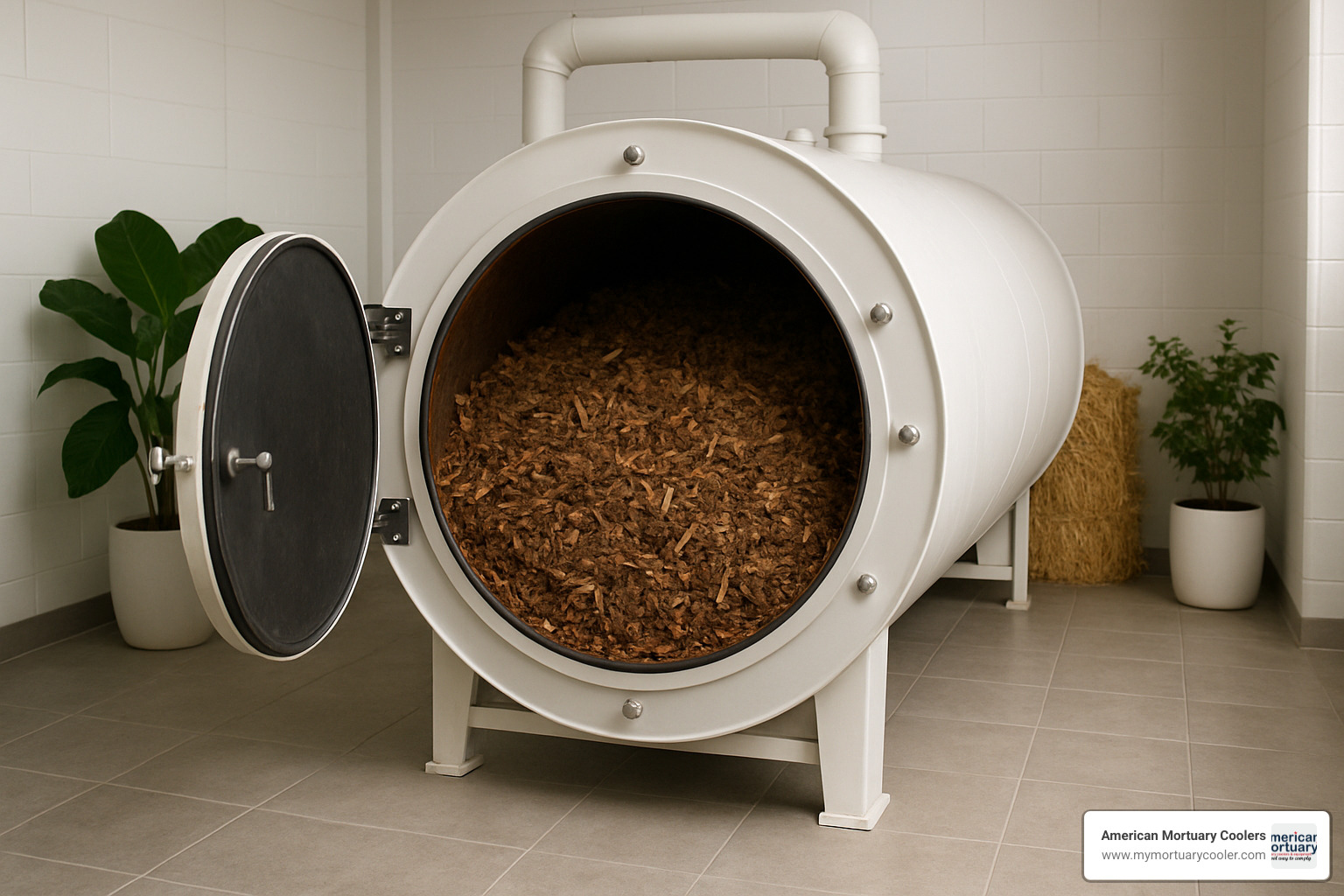
Composting a Body Step 1: Pre-Plan & Legal Check
Before anything else happens, there's homework to do. Composting a body isn't legal everywhere yet – only seven states currently allow it, with California joining the list in 2027.
The legal landscape changes quickly, so families need to verify current regulations in their state. Washington requires detailed record-keeping and strict temperature protocols. Oregon demands special permits and regular facility inspections. Each state has its own rules, and they're not kidding around about compliance.
Here's what needs to happen first: verify state legality and facility licensing, complete advance directive paperwork, obtain necessary permits from local authorities, coordinate with a licensed funeral director, and arrange transportation to the composting facility.
The transportation piece is bigger than you might think. Nearly 29% of Recompose's clients travel from out-of-state, which means logistics get complicated fast. Our mortuary cooler systems help facilities maintain proper body storage temperatures when there are transport delays or scheduling hiccups.
Step 2: The Laying-In Ceremony
This isn't your traditional funeral viewing. The laying-in ceremony gives families a chance to say goodbye before composting a body begins, but it feels different – more hopeful, somehow.
Facilities design these spaces specifically for this moment. Some families decorate the composting vessel with photos, flowers, or meaningful objects. Others hold full memorial services right there, sharing stories and celebrating the life that was lived.
The ceremony typically includes a memorial service in a dedicated space, vessel decoration with personal items, final goodbyes before the process starts, blessing or spiritual rituals if families want them, and memory sharing with photos and stories.
Return Home in Washington State takes this a step further. They encourage families to visit during the composting period, which helps people understand and accept what's happening. There's something powerful about being part of the process rather than just dropping off and waiting.
Step 3: Building the Carbon-Rich Matrix
Getting the chemistry right is crucial for successful composting a body decomposition. It's all about balance – specifically, the carbon-to-nitrogen ratio needs to hit that sweet spot between 25-30 parts carbon to 1 part nitrogen.
The human body provides the nitrogen, while carefully selected organic materials supply the carbon. Wood chips serve as the primary carbon source and create structure for airflow. Straw adds more carbon while helping maintain the right texture. Alfalfa brings nitrogen and feeds the beneficial microbes. Sawdust absorbs moisture and improves aeration.
Facilities typically use 400-500 pounds of organic material per body. It sounds like a lot, but each component has a specific job to do. The microbes that do the actual work are incredibly hungry, and they need this buffet of materials to generate the heat that makes everything work.
Temperature monitoring starts immediately after the body goes into the vessel. Within 24-48 hours, you should see microbial activity generating heat toward that critical 150°F threshold.
Step 4: Active Phase Inside the Vessel
This is where the magic happens. During the active phase, composting a body undergoes its most dramatic change inside stainless steel vessels designed specifically for this purpose.
The beneficial bacteria, fungi, and other microorganisms get to work consuming the carbon and nitrogen sources. Their activity generates impressive heat – we're talking 130-160°F. Washington State doesn't mess around with safety requirements: facilities must maintain at least 150°F for three consecutive days straight to eliminate any harmful pathogens.
The monitoring during this phase is intense. Daily temperature readings ensure the heat stays where it needs to be. Weekly vessel rotation provides aeration and prevents dead spots. Moisture level adjustments keep conditions optimal. Oxygen monitoring maintains aerobic conditions that prevent nasty odors. pH testing ensures the microbes stay happy and productive.
Modern facilities use automated systems to rotate the vessels, which ensures even decomposition throughout. The vessel design itself is crucial – it needs to allow proper airflow while completely containing the process.
Our mortuary cooling systems help facilities maintain consistent ambient temperatures in their composting areas. Even though the vessels generate their own heat, the surrounding environment needs to stay stable for optimal results.
Step 5: Bone & Implant Processing
After 5-7 weeks in the vessel, composting a body still has some work left to do. Human bones are tough customers – they don't fully break down during the initial composting phase and need special attention.
The first step involves magnetic scanners that hunt down metal implants like hip replacements, pacemakers, and dental fillings. Trained technicians carefully remove these items by hand. Depending on state regulations and family wishes, implants might be returned to families or sent for recycling.
The bone processing itself is straightforward but requires specialized equipment. Manual screening separates bones from the finished compost. Metal detection catches any remaining implants. Bone grinding reduces skeletal remains to fine powder. Re-integration mixes the bone powder back into the compost. Final screening ensures no non-organic materials remain.
This bone powder is rich in minerals that plants love, so mixing it back into the compost ensures nothing goes to waste. The deceased's complete change contributes to the final soil product.
Some facilities offer families the option to keep certain implants as keepsakes, though policies vary by location and state regulations.
Step 6: Curing & Lab Testing
The curing phase is like letting wine age – it's where composting a body material develops into stable, safe soil that's ready for the world. After coming out of the vessel, the compost spends another 3-5 weeks in curing bins with regular attention and monitoring.
During curing, temperatures gradually drop as the microbial party winds down and stabilizes. Facilities turn the material regularly to ensure even maturation and prevent those anaerobic pockets that could create problems.
The laboratory testing phase is thorough and non-negotiable. Pathogen screening checks for E. coli and Salmonella. Heavy metal analysis ensures safety for soil use. pH testing confirms plant compatibility in that ideal 6.5-7.0 range. Nutrient analysis measures soil quality. Stability testing verifies that decomposition is complete.
Washington State requires comprehensive testing before any soil leaves the facility. The final product must pass every single test – no exceptions, no shortcuts.
Only after receiving clean laboratory results can facilities hand over the finished soil to families or conservation partners.
Composting a Body Step 7: Using the Finished Soil
The final chapter of composting a body involves distributing about one cubic yard of incredibly nutrient-rich soil to families. This soil weighs between 500-1,000 pounds and contains valuable nutrients that plants absolutely love.
Most families keep some soil for personal use and donate the rest to conservation projects. The options are beautiful and meaningful: memorial tree planting creates living monuments, garden improvement at family homes brings daily reminders of love, conservation organization donations extend environmental benefits, forest restoration projects help heal damaged ecosystems, and living memorials in special locations provide peaceful gathering places.
Facilities like Recompose have partnerships with conservation groups that use donated soil for habitat restoration. This extends the environmental impact far beyond individual families to benefit entire ecosystems.
The soil quality is remarkable. One family reported that their memorial dogwood tree, planted with soil from their loved one's composting process, grew faster and healthier than any tree they'd ever planted. There's something poetic about that kind of continuing contribution to life.
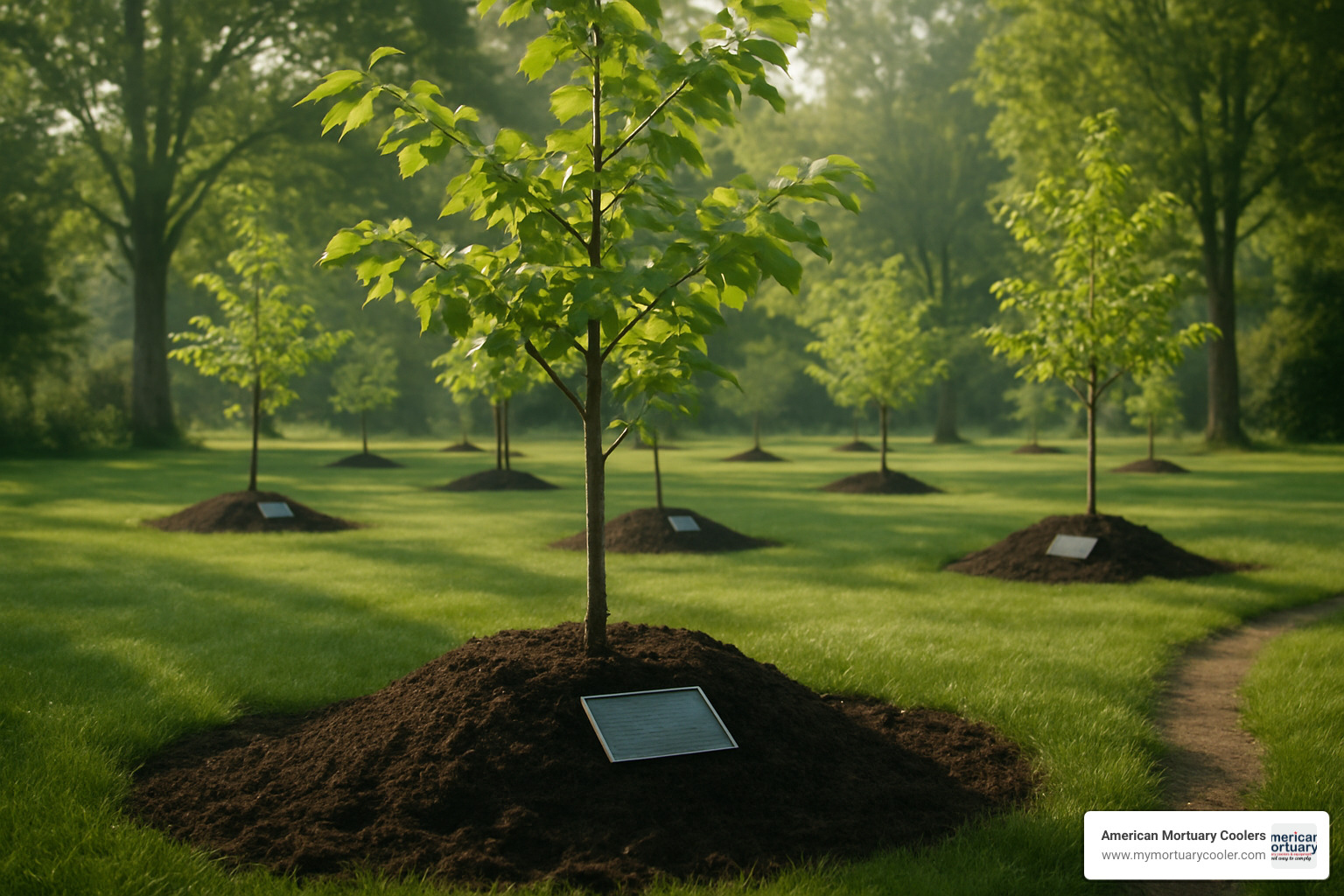
For more detailed information about the composting process, check out our comprehensive guide to turning a body into compost.
Environmental Benefits & Legal Landscape
When it comes to composting a body, the environmental benefits are nothing short of remarkable. Each person who chooses human composting prevents approximately one metric ton of CO₂ emissions from entering our atmosphere – that's equivalent to taking a car off the road for over 2,000 miles of driving.
The numbers tell a compelling story about sustainability. While cremation burns through fossil fuels at temperatures exceeding 1,400°F, composting a body uses 87% less energy overall. The process harnesses natural microbial activity instead of energy-intensive furnaces, making it far gentler on our planet.
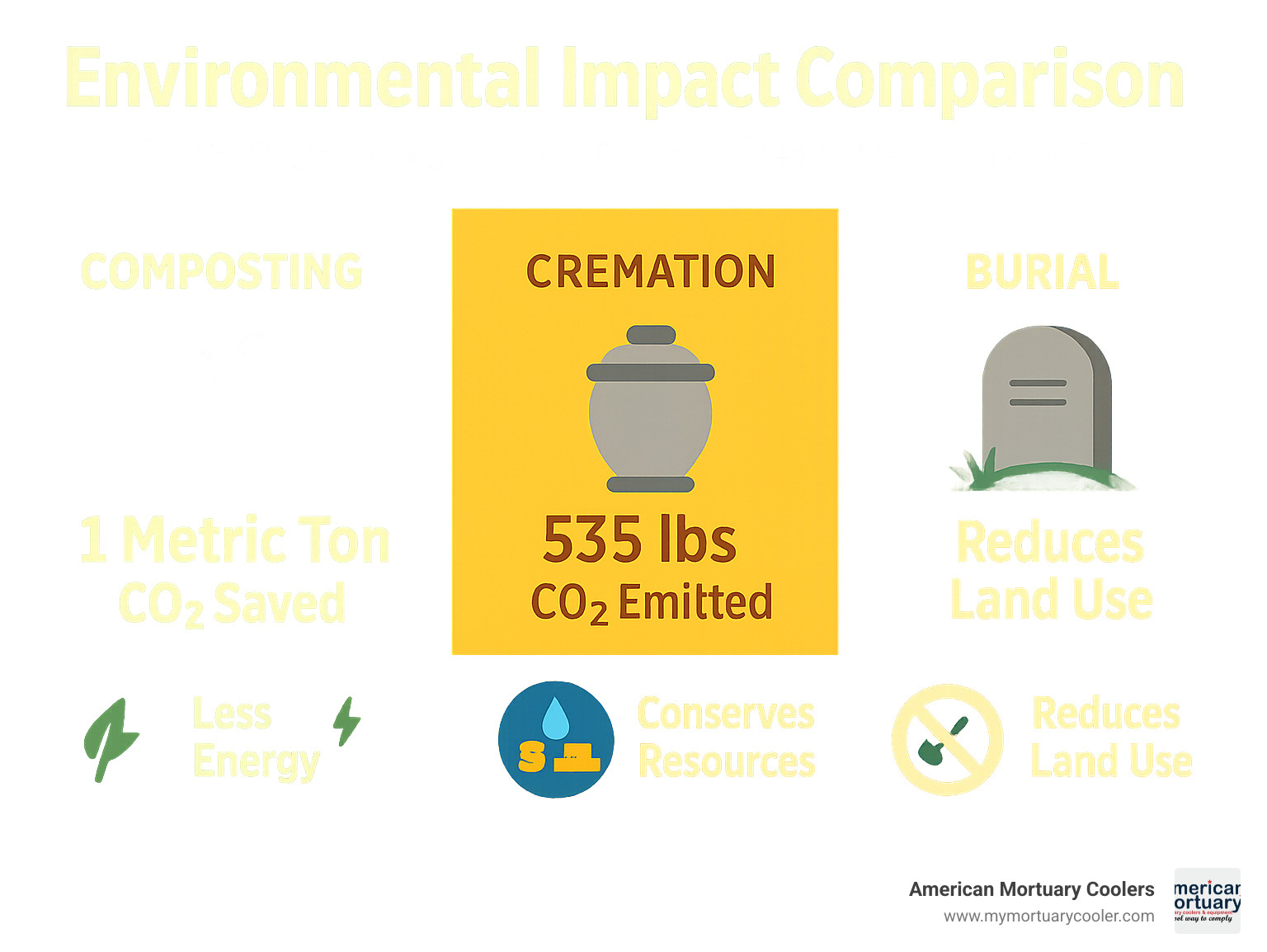
Traditional burial might seem earth-friendly, but it actually creates significant environmental strain. The funeral industry uses over 800,000 gallons of toxic embalming fluid annually in the United States alone. These chemicals eventually leach into groundwater, affecting soil and water quality for decades.
Human composting takes a different approach entirely. Instead of consuming resources, it creates them. The resulting soil acts as a carbon sink, storing atmospheric carbon while providing nutrients for plant growth. Scientific research on carbon savings shows that increasing soil organic matter by just 1% helps retain an additional 20,000 gallons of water per acre.
At American Mortuary Coolers, we've seen growing interest from funeral homes wanting to offer this sustainable option. Our cooling systems help facilities maintain proper storage conditions while they steer the transition to green burial services.
Carbon Footprint vs. Cremation & Burial
The carbon footprint comparison between composting a body and traditional methods reveals striking differences. Cremation produces approximately 535 pounds of CO₂ per body – roughly equivalent to burning 60 gallons of gasoline. The high-temperature furnaces consume massive amounts of natural gas or electricity, making cremation surprisingly carbon-intensive.
Traditional burial creates hidden emissions throughout the process. Manufacturing caskets requires significant energy, especially for metal models that involve mining, smelting, and transportation. Concrete vaults and grave liners add another layer of carbon-intensive production.
Cemetery maintenance contributes ongoing emissions through fossil fuel-powered mowing equipment, irrigation systems, and landscape maintenance. Many cemeteries also use chemical fertilizers and pesticides that require energy-intensive manufacturing processes.
Composting a body flips this equation entirely. Rather than releasing stored carbon into the atmosphere, the process captures and stores it in stable soil organic matter. The resulting compost continues sequestering carbon for years, especially when used for tree planting or habitat restoration projects.
The water conservation benefits are equally impressive. While cremation requires significant water for cooling and cemetery maintenance demands constant irrigation, human composting actually improves water retention in the final soil product.
Where Is It Legal Today?
The legal landscape for composting a body has evolved rapidly since Washington became the pioneering state in 2019. Currently, seven states have legalized human composting, with more considering similar legislation each year.
Washington State leads the way with fully operational facilities and comprehensive regulations. Their success prompted Colorado and Oregon to follow suit, with active composting facilities now serving residents in both states. These three states have demonstrated that human composting can operate safely and effectively under proper oversight.
Vermont, Nevada, and New York have passed legislation with facilities currently under development. Each state has adapted Washington's basic framework while addressing local concerns and regulatory requirements.
California presents an interesting case – the state passed legislation in 2022, but implementation doesn't begin until 2027. This delayed timeline allows for thorough planning and facility development in the nation's most populous state.
An Essential Guide to Body Composting Laws in Washington State provides detailed information about the regulatory framework that other states often use as their starting point.
The regulatory requirements remain fairly consistent across states. Most mandate maintaining 150°F for three consecutive days to ensure pathogen elimination, following Washington's proven safety protocols. States also require facility licensing, operator training, and regular inspections to maintain public health standards.
Additional states including Maryland, Delaware, Minnesota, and Maine have introduced legislation or are actively considering human composting bills. The momentum suggests we'll see broader legalization within the next decade as environmental concerns continue driving demand for sustainable end-of-life options.
Cost Comparison & Facility Services
When families consider composting a body, cost often plays a significant role in their decision. The good news? Human composting typically costs $2,500 to $7,000, making it substantially more affordable than traditional burial while remaining competitive with full-service cremation.
Traditional burial can easily run $8,000 to $15,000 or more when you factor in the casket, burial vault, cemetery plot, and funeral services. Cremation ranges from $1,100 for basic services up to $7,000 for comprehensive packages. Green burial falls somewhere in the middle at $2,000 to $5,000.
The composting a body price typically covers everything you need: facility use, organic materials like wood chips and alfalfa, the entire processing period, required laboratory testing, and return of the finished soil. It's refreshingly straightforward compared to the often-confusing itemized bills from traditional funeral homes.
Some facilities understand that this expense comes during an already difficult time. Recompose, for example, offers payment plans allowing families to spread the cost across three payments of $995 each. This flexibility makes the process accessible to more families who want an environmentally conscious option.
| Service Type | Cost Range | What's Included |
|---|---|---|
| Human Composting | $2,500-$7,000 | Facility use, materials, processing, testing, soil return |
| Traditional Burial | $8,000-$15,000+ | Casket, vault, plot, services (varies widely) |
| Cremation | $1,100-$7,000 | Basic to full-service options |
| Green Burial | $2,000-$5,000 | Natural burial ground, minimal processing |
For detailed cost breakdowns and factors affecting pricing in different markets, check out our Cheat Sheet to Body Composting Costs.
Choosing a Human Composting Facility
Finding the right facility for composting a body involves more than just comparing prices. Each facility brings its own approach to this deeply personal process, and the differences matter when you're making such an important decision.
Licensing and compliance should be your first consideration. Make sure any facility you're considering meets all state requirements and maintains proper certifications. This isn't an area where you want to take chances.
The ceremony and visitation options vary significantly between facilities. Return Home emphasizes transparency throughout the process, allowing families to visit during composting and offering both in-person and virtual laying-in ceremonies. Their 74-vessel facility serves clients from all 49 states and Canada, so they're experienced with out-of-state logistics.
Recompose takes a different approach, focusing heavily on the ritual aspects. They provide beautifully designed ceremony spaces and have partnerships with conservation organizations for families who want to donate their loved one's soil to environmental restoration projects. Their distinctive honeycomb vessel design creates a unique visual environment that many families find comforting.
Family support and communication throughout the process can make a huge difference during this difficult time. Some facilities provide regular updates, while others offer more hands-off approaches. Consider what level of involvement feels right for your family.
The soil return and donation programs also differ. Most facilities provide families with a portion of the finished soil while offering donation options for the remainder. Some have established relationships with specific conservation projects, while others give families more choice in where the soil goes.
Logistics: Transport, Coolers & Storage
The behind-the-scenes logistics of composting a body require careful coordination, especially when clients travel from states where it's not yet legal. This is where proper infrastructure becomes crucial for maintaining dignity throughout the process.
At American Mortuary Coolers, we've worked with facilities across our service areas in Tennessee, Georgia, Illinois, and beyond to help them prepare for offering human composting services. Temperature-controlled storage is absolutely essential when scheduling delays occur or when bodies need to be held while waiting for vessel availability.
Our mortuary cooling systems maintain the critical 36-39°F temperature range that preserves body integrity during these waiting periods. As demand for human composting grows faster than facility capacity in some areas, proper refrigeration becomes even more important for managing scheduling logistics.
Interstate transport coordination adds another layer of complexity. Facilities must work with licensed funeral directors and ensure compliance with body transport regulations across state lines. This is particularly important since 29% of Recompose's clients travel from out-of-state.
The infrastructure requirements extend beyond just refrigeration. Facilities need adequate ventilation systems for odor control, monitoring systems for the composting vessels, laboratory testing capabilities, soil curing and storage areas, and welcoming ceremony spaces for families.
We've seen how proper equipment planning makes the difference between a facility that struggles with logistics and one that provides smooth, dignified service to families during their most difficult moments. The investment in quality mortuary cooling systems pays dividends in operational efficiency and family satisfaction.
Addressing Concerns, Ethics & Spiritual Perspectives
When families first hear about composting a body, they often have deep questions about safety, dignity, and whether this new approach aligns with their values. These concerns are completely natural - after all, we're talking about honoring our loved ones in a way that's different from what most of us grew up with.
The good news is that human composting facilities take these concerns seriously. They've designed their processes with multiple safeguards and work closely with families to address spiritual and cultural needs. At American Mortuary Coolers, we've seen how thoughtful facility design - including proper storage and temperature control - helps create dignified environments that families feel good about.
Religious perspectives on human composting vary widely. The Catholic Church has expressed reservations, with some leaders feeling that rapid decomposition doesn't show proper respect for human remains. However, individual Catholic families have chosen the process, sometimes with supportive clergy who see the environmental stewardship as consistent with caring for God's creation.
Protestant denominations take different approaches. Many environmentally-focused congregations accept composting a body as part of creation care theology. The phrase "earth to earth, ashes to ashes" from traditional burial services resonates with families who see composting as a natural return to the soil.
Jewish and Muslim authorities continue debating the practice. Some liberal rabbis view the environmental responsibility as a religious obligation, especially since returning to earth aligns with traditional Jewish burial practices. The accelerated timeline raises questions for some, but others focus on the end result rather than the speed of decomposition.
Indigenous and earth-based spiritual traditions often welcome human composting warmly. These communities see it as honoring natural cycles and maintaining our connection with the earth - values that have guided their practices for generations.
The Complete Guide to Natural Organic Reduction explores these various viewpoints in much greater detail.
Safety & Pathogen Control Measures
Safety concerns about composting a body are understandable, but the reality is that human composting facilities maintain higher safety standards than traditional burial or cremation. The controlled environment and rigorous testing actually provide more safety assurance than conventional methods.
The key to safety lies in temperature control. Washington State requires maintaining at least 131°F, but most facilities target 150°F for three consecutive days. This thermal treatment effectively eliminates harmful bacteria including E. coli, Salmonella, and other potential pathogens that could pose health risks.
Unlike traditional burial, where decomposition happens underground without monitoring, human composting occurs in a carefully controlled environment. Facilities continuously monitor temperature, maintain proper ventilation, and test regularly throughout the process. Workers receive specialized safety training and use appropriate protective equipment.
The laboratory testing protocols often exceed those required for commercial compost products. Before any soil reaches families, it undergoes comprehensive analysis for pathogens, heavy metals, pH levels, and stability. This multi-layered approach ensures the final product is safe for handling and use in gardens or memorial plantings.
Traditional burial actually presents more environmental risks, with embalming chemicals potentially leaching into groundwater over time. Composting a body avoids these chemicals entirely while creating beneficial soil that supports plant growth rather than contaminating the environment.
Religious & Cultural Views
The religious conversation around composting a body continues evolving as more faith communities grapple with environmental concerns and changing attitudes toward death care. What we're seeing is that individual families often lead the way, with religious authorities following their congregants' needs.
Catholic families who choose human composting sometimes work with progressive clergy who bless the laying-in ceremonies and memorial services. While official Church doctrine remains cautious, some priests recognize their parishioners' sincere desire to care for creation through their final act.
Jewish communities show increasing openness, particularly among Reform and Conservative congregations. The concept of returning nutrients to the earth actually aligns beautifully with Jewish burial traditions that avoid embalming and use simple wooden caskets. Some rabbis see composting a body as the logical next step in environmentally responsible Jewish burial.
Protestant denominations vary widely, but environmentally-conscious congregations often accept the practice enthusiastically. Churches that emphasize creation care theology find human composting consistent with their values of stewardship and sustainability.
What's encouraging is how facilities work with families to honor their spiritual needs. Whether that means allowing religious symbols in the vessel, accommodating specific blessing ceremonies, or providing quiet spaces for prayer and reflection, most composting facilities understand that dignity and respect remain paramount regardless of the technical process involved.
The cultural shift is happening gradually, led by families who see environmental stewardship as a final gift to future generations. As more people witness the peaceful, dignified nature of the process, many initial concerns fade away.
Frequently Asked Questions about Composting a Body
People considering composting a body often have practical questions about timing, logistics, and what actually happens during the process. After helping funeral homes across Tennessee, Georgia, and Illinois prepare for this growing service, I've heard these same questions countless times.
The curiosity is completely natural - human composting represents such a departure from traditional burial and cremation that families want to understand every detail before making this important decision.
How long does the process take from start to finish?
Composting a body requires patience, taking a total of 8-12 weeks from start to finish. This isn't a rushed process - nature needs time to work its magic properly.
The timeline breaks down into two main phases. First, your loved one spends 5-7 weeks in the composting vessel where the active decomposition happens. During this time, beneficial microbes are working around the clock, generating the heat needed to transform organic matter safely.
After the vessel phase comes 3-5 weeks of curing and testing. This quieter period allows the compost to mature into stable, nutrient-rich soil while laboratories run safety tests to ensure everything meets strict standards.
Some factors can affect timing slightly. Bodies that generate heat quickly might complete the vessel phase in five weeks, while others need the full seven weeks. Facilities typically provide families with regular updates, so you'll know how the process is progressing throughout the journey.
What happens to medical implants and fillings?
Modern bodies often contain various medical devices and dental work that don't decompose naturally. Composting a body facilities have developed careful procedures to handle these items respectfully.
The process starts with magnetic detection systems that scan for metal objects after the composting phase. Hip replacements, pacemakers, surgical screws, and dental fillings all get identified and carefully removed by trained staff.
This screening happens during the bone processing phase, when remaining skeletal material gets separated from the finished compost. Workers use both magnetic systems and visual inspection to catch any metal fragments that might have been missed initially.
Many facilities offer to return these items to families as keepsakes, which some people find meaningful. Others prefer to have the metals recycled according to environmental regulations. The choice is entirely up to your family's preferences.
The thoroughness of this process ensures the final soil contains only organic material - no metals, no artificial components, just pure earth ready to nourish new life.
Can the resulting soil be used anywhere?
The soil from composting a body is incredibly rich and safe, but there are some common-sense guidelines about where you can use it. Think of it as premium compost that happens to have deep personal meaning.
Most ornamental uses are perfectly fine - memorial gardens, tree plantings, flower beds, and landscaping projects all work beautifully. Many families create living memorials using this soil, planting trees or gardens that will grow and flourish for decades.
However, some restrictions do apply. Many states prohibit using the soil for food crop production, even though it's perfectly safe. Public land applications usually require permission from local authorities. If you live near waterways, there might be buffer zone requirements to consider.
Conservation organizations love receiving soil donations for habitat restoration projects. The nutrients help native plants establish themselves in areas being restored to natural conditions. It's a wonderful way to extend your loved one's environmental impact beyond your own property.
Before using the soil anywhere, just check with your local regulations or ask the composting facility for guidance. They're familiar with the rules in their area and can help you understand any restrictions that might apply to your specific situation.
Conclusion
Composting a body offers families something truly special - a way to honor their loved ones while giving back to the earth. Instead of leaving behind a carbon footprint, human composting creates fertile soil that can nurture new life for decades to come.
The seven-step journey we've walked through together shows how this process balances cutting-edge science with heartfelt ceremony. From the meaningful laying-in ritual to receiving that precious cubic yard of soil, families tell us they find deep comfort knowing their loved one becomes part of something larger.
What started in Washington State just five years ago is spreading across the country. More states are saying yes to human composting as families demand greener options. The numbers speak for themselves - saving over one metric ton of CO₂ per person while using 87% less energy than cremation makes this choice hard to ignore.
Here at American Mortuary Coolers, we've watched funeral homes across Tennessee, Georgia, and beyond prepare for this shift. Our cooling systems help these facilities offer composting a body services with the same dignity families expect from traditional options. It's rewarding work, knowing we're supporting this positive change.
The future looks bright for families who want their final act to be one of environmental healing. Whether it's planting a memorial tree or donating soil to restore a forest, human composting turns grief into growth. That's the kind of legacy many people dream of leaving.
Your loved one's story doesn't have to end with their passing. Through human composting, it can become the beginning of countless new stories - every flower that blooms, every tree that grows tall, every creature that finds shelter in the habitat their soil helped create.
For more information about sustainable end-of-life options and the infrastructure needed to support them, visit our comprehensive guide to natural organic reduction.


